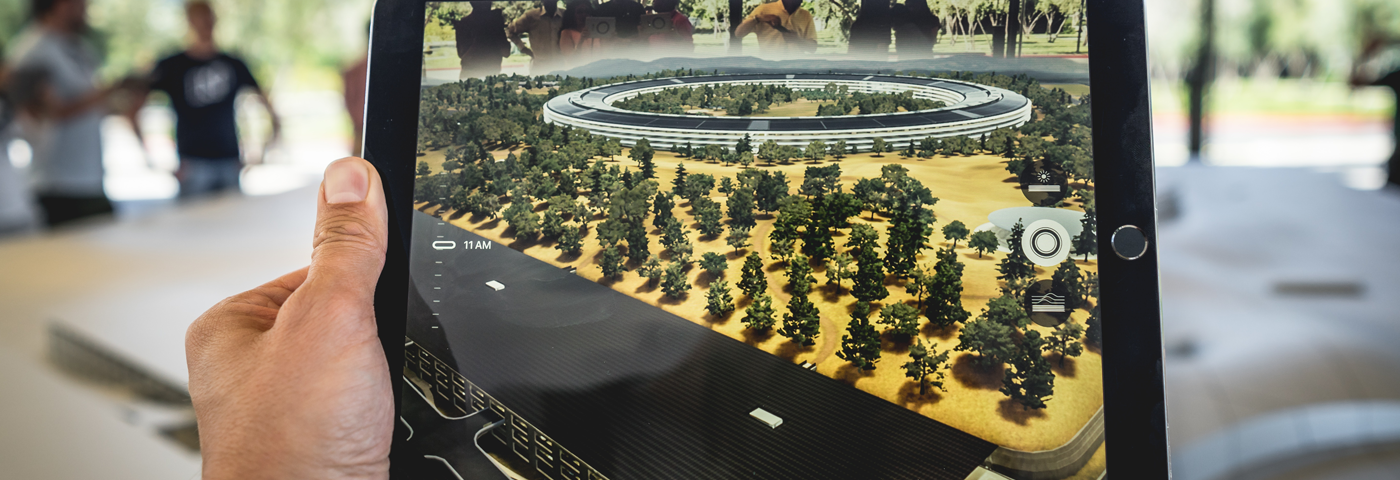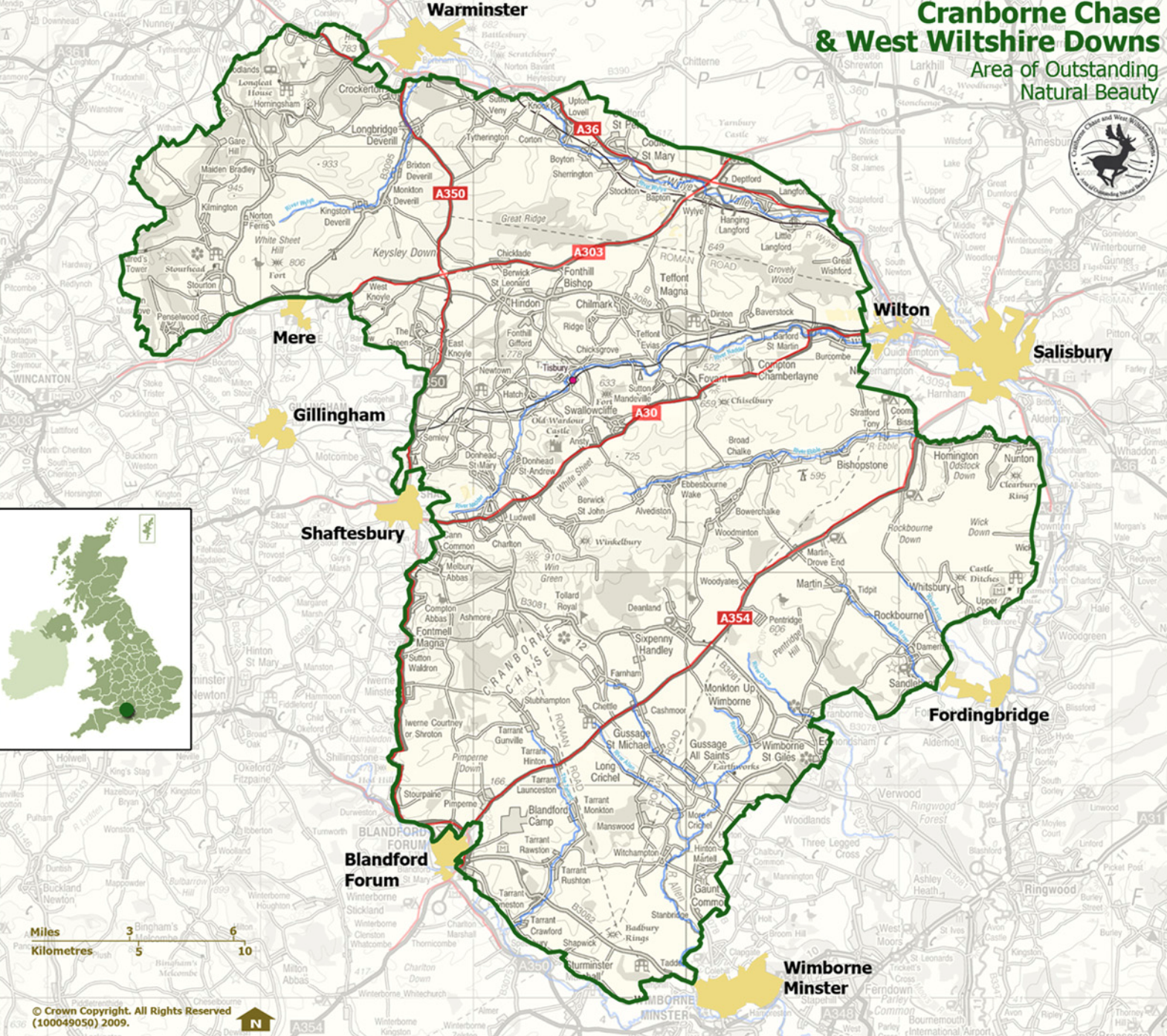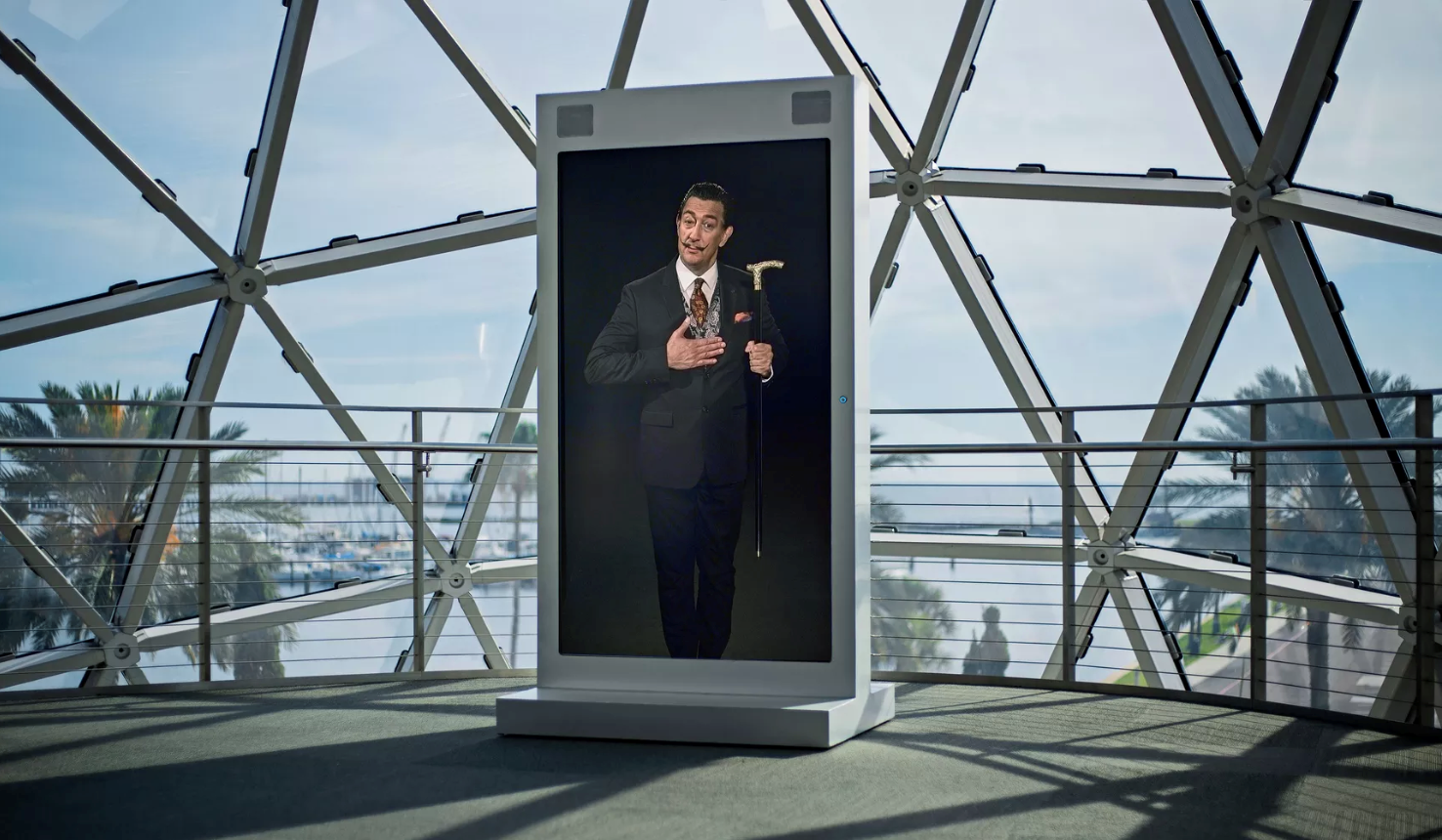On September 1, the Cranborne Chase will launch an app using augmented reality to promote its wares.
It’s an Area of Outstanding Natural Beauty (AoNB), largely in West Wiltshire and spilling into Dorset. But unlike nearby AoNB neighbours, The Mendip Hills and Cotswolds, Cranborne is little-known to the general public: the app is designed to help change all that.
The app is in one sense, fairly rudimentary: actors dressed as notable historic locals are filmed in a studio and pop up in relevant locations in the AoNB to explain more about the places.
For example, author Thomas Hardy will appear on Gold Hill in Shaftesbury, a town which features in several of his novels, while 19th century archaeologist Augustus Pitt-Rivers guides visitors to his ancestral home on Rushmoor Estate.
The Time Traveller app is not one-dimensional, however. It also aims to bring the landscape to life – the ancient monuments, Iron Age hill camps and other sites including Roman Villas, a cursus and the largest Neolithic site in Britain.
The app will use animations and 3D technology to interpret and demonstrate how these sites looked at the time, and their purpose.
“With all of the rural locations, no-one has any idea of the sheer gravity and interest in the area. They are all just lumps and barrows in the landscape – but all are crown jewels of Cranborne Chase,” says Roger Goulding, development office at the AoNB.
“The app is a potential source of pride for local communities and another compelling factor to encourage visitors to come, dwell longer or return to find out more and more about these hidden places, mysteries and stories.”
The use of Augmented Reality (AR) and Virtual Reality (VR) has long been mooted as a compelling development in tourism technology but recently, the trail has gone cold. An article in UploadVR.com asked the question many have posed “Is VR dead? The arguments for and against the industry’s demise.”
It’s a good debate. On the negative side, writer Jamie Feltham points out the slow sales of headsets, the price and technology shortcomings. Developer CCP Games has pulled out of the VR market and VR “still has no killer app.” On the pro side, Oculus Rift is learning from its setbacks, new developers are building on what has been achieved and the content is getting better.
More importantly, the potential of VR is being realised in other ways. I know of one company that uses VR and gaming to train naval staff on the layout of submarines, another to show motor technicians the inner workings of a combustion engine.
Companies train staff using VR, while hospitals and schools are still in the early stages of working out how best to utilize the technology. In other words, what is being learned elsewhere can in turn be put to use in tourism, and it may not just be actors in period costume or animations of a lump in the land.
At the Salvador Dali museum in Florida, one such spin-off innovation from the AR and VR fields is in using Artificial Intelligence (AI) to ‘bring Dali alive.’ The effect has been realized by using 6,000 frames taken from archive material of Dali and 1,000 hours of machine learning to train the AI logarithm on Dali’s face.
According to an article in theverge.com, his facial expressions were then imposed over an actor with Dalí’s body proportions, and quotes from his interviews and letters were synced with a voice actor who could mimic his unique accent, a mix of French, Spanish, and English.
It has resulted in a new exhibition, Dali Lives, which launched last week. The artist appears on a life-size screen – when visitors press a bell, he tells them stories of his life. Not only that, Dali asks visitors if they want to take a selfie – he turns around and snaps the photo, and visitors can have the photo texted to them. Watch this astonishing video showing ‘deepfake’ Dali in action




